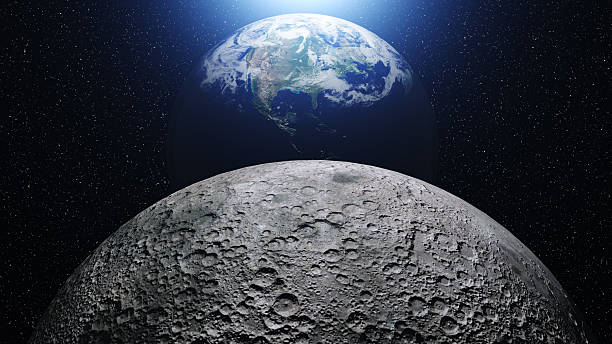How does the Moon affect the ocean tides?
The ocean tides are caused by gravity. Gravity is the attraction force that all matter has on other matter, and it is what keeps us attached to the Earth. The substance that makes up the Earth attracts each other, causing it to pull itself into this spherical ball known as the globe. If there were no other external causes, the Earth would be a smooth, round sphere with the same depth all everywhere and never changing. However, our moon has its own gravitational force that influences various aspects of our lives on Earth.
The tides are caused by the moon's gravitational pull acting on the water, bulging it both toward and away from the moon. At the area closest to the moon and on the opposite side of the Earth, the tide is higher and the ocean is higher. The bulge shifts when the Earth spins and changes its location relative to the moon. As the bulge passes through a certain region, the sea level rises and falls. The tide changes from high to low and back again every six hours. Typically, two high tides and two low tides occur in a 24-hour period. The centrifugal force induced by the rotation of the Earth generates another mound of water and high tide on the opposite side of the globe. Between these two high tides are two flat patches on the ocean's surface known as low tides.











